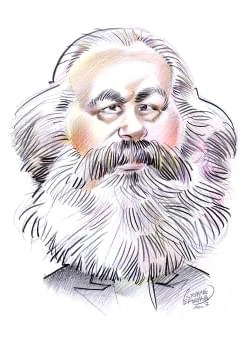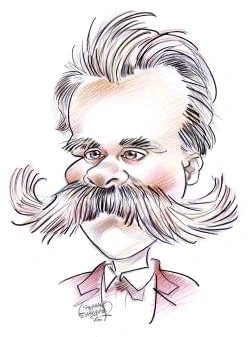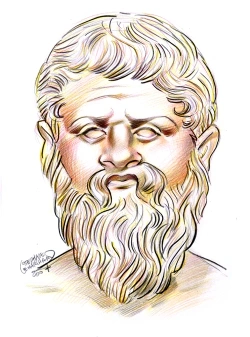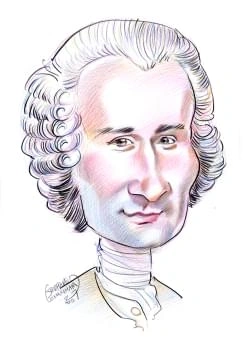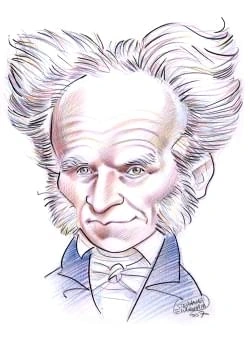11 résultats pour "veracruz"
- Veracruz.
- Veracruz.
- Veracruz - (exposé gratuit en espagnol).
-
Mexican War.
men, mostly Mexicans, rode to Nacogdoches to capture the rebellious Fredonians. The small garrison of Fredonians soundly defeated their attackers in the only battle ofthe rebellion. When Mexican troops arrived at Nacogdoches a short time later, the republic had been dissolved and the leader of the colonists had fled to Louisiana. B The Texas Revolution Although the Fredonians were not successful, by the 1830s the population of Mexican Texas included many immigrants from the United States. These...
-
Mexiko - geographie.
und den Walfang. Außerdem wurden ein Verbot der Abfallentsorgung im Meer und ein Verbot von Atomtests beschlossen. Zudem ist Mexiko dem Abkommen zum Schutzdes Karibischen Meeres beigetreten. 3 BEVÖLKERUNG Die mexikanische Bevölkerung setzt sich aus drei Hauptgruppen zusammen: dem Bevölkerungsanteil spanischer Herkunft, den Nachfahren der vorkolonialen Bevölkerungund der Gruppe mit sowohl spanischen als auch indianischen Vorfahren, den Mestizos. Die Mestizen sind mit einem Bevölkerungsanteil v...
-
précolombien, art - beaux-arts.
indiscutablement attribués aux Olmèques. Ces deux derniers sites étaient d’ailleurs consacrés au culte du jaguar, divinité maintes fois représentée. 3. 2 La période classique Teotihuacan, les villes mayas, le centre zapotèque de Monte Albán et la culture classique de Veracruz ont vu naître les civilisations dominantes de l’ère classique. 3.2. 1 Teotihuacan La civilisation de Teotihuacan, à 40 km au nord-est de Mexico, a connu son apogée vers l’an 700 apr. J.-C. À cette époque, la ville c...
-
Árbol - ciencias de la naturaleza.
Brote de pino de WollemiEste tubo de ensayo contiene un diminuto brote de pino de Wollemi, un árbol descubierto a finales de 1994 en el parque nacional deWollemi, cerca de Sydney, Australia. Se trata de una planta del cretácico que se creía extinguida desde hace más de 50 millones deaños. En el jardín botánico de Mount Annan, en Sydney, se están obteniendo clones de los brotes.Sydney Morning Herald/AP/Wide World Photos Hay árboles desde el periodo devónico de la era paleozoica ( véase Geología:...
-
México (república) - geografía.
Las llanuras costeras son en su generalidad zonas bajas, llanas y compuestas por materiales arenosos, aunque en las costas del Pacífico ocasionalmente son interrumpidaspor pequeñas serranías. Baja California, península larga y estrecha que se extiende a lo largo de 1.200 km al sur del límite noroeste del país, está atravesada por la sierrade la Baja California, continuación de la cadena costera del Pacífico, en Estados Unidos, que constituye el sistema surcaliforniano. La península de Yucatán, q...
-
-
México - (exposé en espagnol).
Guadalajara ; Monterrey , centro de la industria pesada del país; Puebla , una de las más antiguas del país; León , centro agrícola; Ciudad Juárez , centro manufacturero; Tijuana , ciudad fronteriza, Veracruz , puerto principal del país; Acapulco , una ciudad turística de fama mundial... ¡Todas ellas superan el millón de habitantes! México es un país rico en recursos naturales ( plata , antimonio, azufre, petróleo y gas,) y agrícolas (cereales, algodón, arroz, fruta, henequén, chile…). En...
-
Mesoamerica.
for cooking. In other regions, the earliest ceramics are more sophisticated technically and aesthetically. At around 1800 BC in the Pacific coastal region of Soconusco (in what is now southeastern Chiapas State, Mexico), the earliest pottery was very complex both in forms and decoration. It seems to have had a social function and beenused primarily for ritual feasting. III MAJOR CIVILIZATIONS Over a period of 3000 years, beginning in about 1500 BC, a number of important cultures emerged in M...
-
Mexican Revolution.
growing economic and social difficulties. Although Madero called for free and democratic elections, and a ban on reelection at all levels of government, he offered little tourban workers seeking higher wages and better working conditions, or to indigenous people seeking the restoration of their traditional lands. Madero’s intention was tolead a political rebellion, not a social revolution. Despite the political nature of the plan, it became a rallying point for poor and working-class Mexicans, m...
}})



